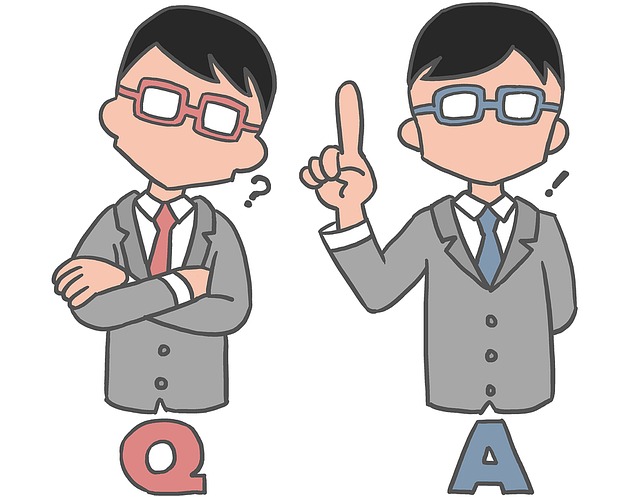
Not speaking to the current supplier
A lot of businesses make the decision to change systems within the firm before communicating with their current supplier and establishing whether changing their system will solve their problem.
More often that not, the reason a firm wants to change is because they think their current software isn’t capable of doing what they desire but are in fact incorrect. It is crucial firms speak to their supplier and establish whether they can meet their needs before moving on.

not considering what your business proposition is and what you need the tool to do
It is advisable that Firms avoid selecting a system first them working backwards as they may be tied in to a minimum contract. Most firms do not ask themselves what they want their technology stack. Rather than trying to fit the proposition around their technology solution, the technology solution should fit into their proposition. Firms have to establish where technology can provide efficiencies and identify exactly what they need after completing a Technology fact find.

Not asking what you clients would want
There are different sides to every business but the priority should always be what do clients want and how does a firm continue to provide value for money. Clients have greater expectations, especially has technology makes managing their finances easier. Firms should always consult their clients as ask them exactly what they want. Client age and phone access are not longer an obstacle, clients generally want access to their information 24/7.

rushing the implementation process
Not allocating enough time and resource is also a common mistake. Firms expect to buy a ready-made solution however, there are many things involved in changing software and a number of variables can affect the completion of the task.

not obtaining enough training
This is the most common mistake made. Firms believe a system isn’t fit for purpose when they haven’t allocated any time to train and understand the system. If you gave an individual an electronic device, they would probably just pick it up and start using it, ignoring the manual. Using the method of “trial and error” they would establish how to use the device. It isn’t until they pick up the manual, “hidden inside the packing” that they would establish the different tips and tricks that make using the system fundamentally easier and in the correct fashion. There are tasks which will be fairly easy to complete but the more complicated tasks will definitely require explanation or training.
Robert says:
“Picking a technology solution without ensuring it is fit for purpose then being shocked it failed is a common occurrence. For me it is like purchasing a boat, then being shocked when it sinks because you failed to establish whether it float or not.“
Questions firms should ask themselves are:
- Can the technology solution you are using meet not only your needs but your clients?
- Could you use technology to improve efficiency, compliance and improve consumer outcomes?
- Could you learn from your peers and find ways to improve your use of technology?













